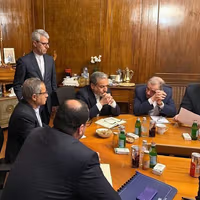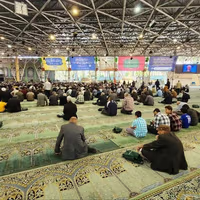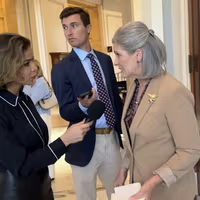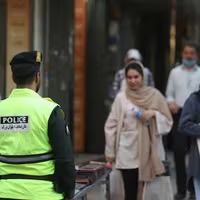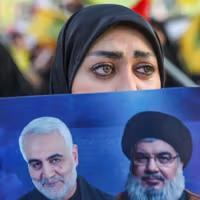Rafael Grossi said information available to the agency indicates that most of the material is stored at known nuclear facilities in Isfahan and Fordow, and to a lesser extent in Natanz, though a small amount could have been taken elsewhere.
In the interview published on Saturday, he said inspectors would gain access to these sites only “when Iran perceives a national interest” in allowing it.
The IAEA estimates Iran possesses more than 400 kilograms of highly enriched uranium — enough for several nuclear weapons if further refined.
Grossi added that the three facilities had been severely damaged in Israeli and US strikes in June.
While Tehran denies pursuing nuclear weapons, the UN nuclear watchdog's chief said concerns over its potential capabilities “have not been fully dispelled.”
He urged renewed diplomacy, saying, “Sitting together at one table would save us the danger of another round of bombardments and attacks.”
Israel and the United States attacked Iranian nuclear sites in a 12-day June war, setting back the nuclear program but leaving its fate unresolved.
Tehran has since declined to allow IAEA inspectors to resume their inspections.
Last month, foreign minister Abbas Araghchi said Iran's inventory of highly enriched uranium is buried under rubble following US and Israeli strikes on the country's nuclear facilities.




